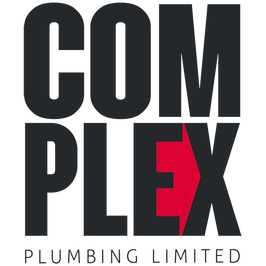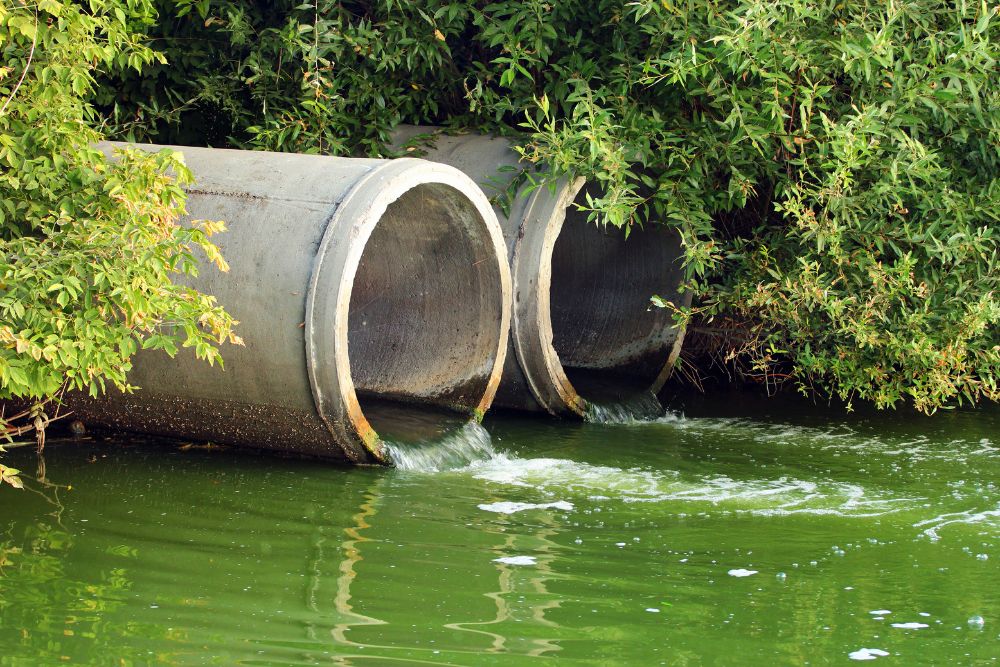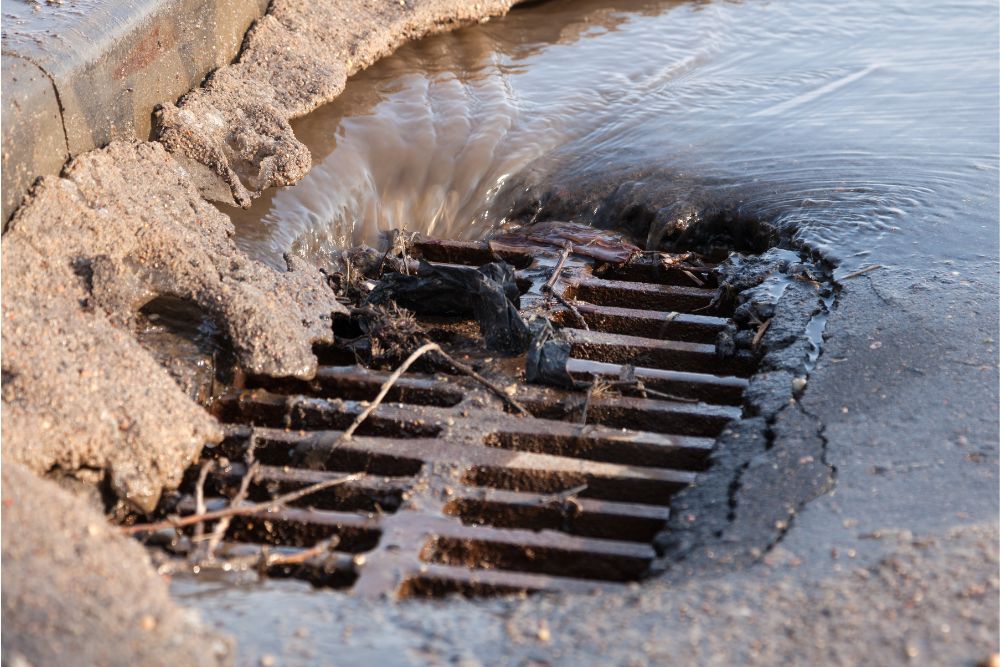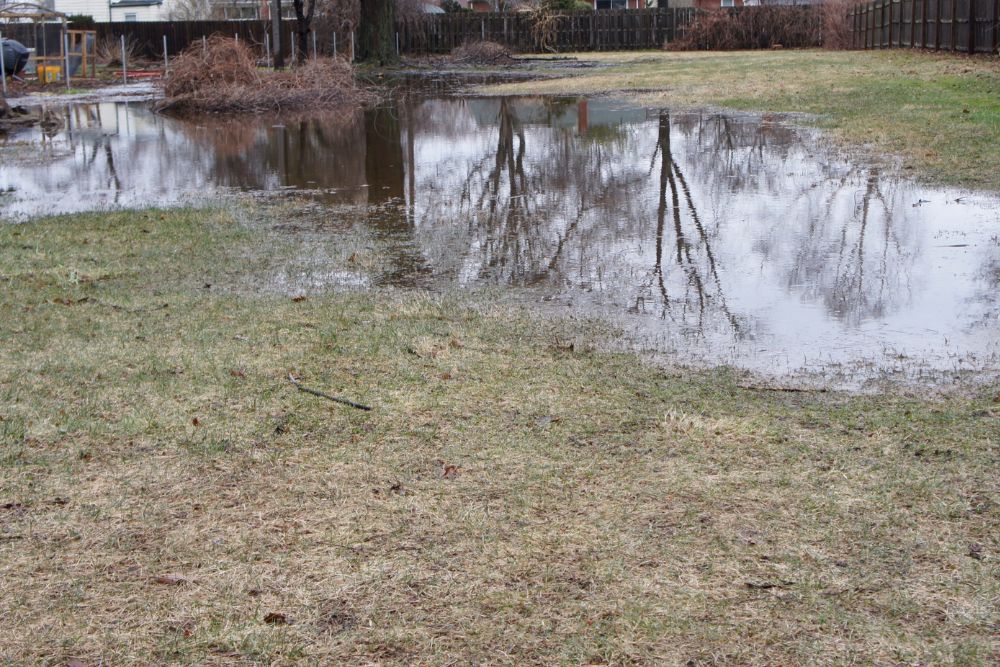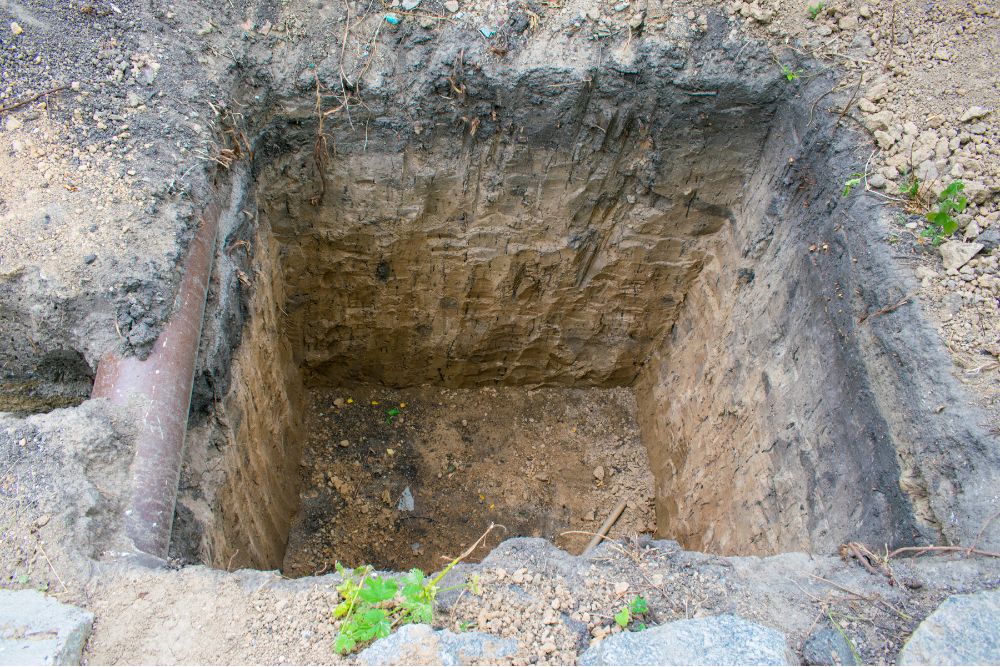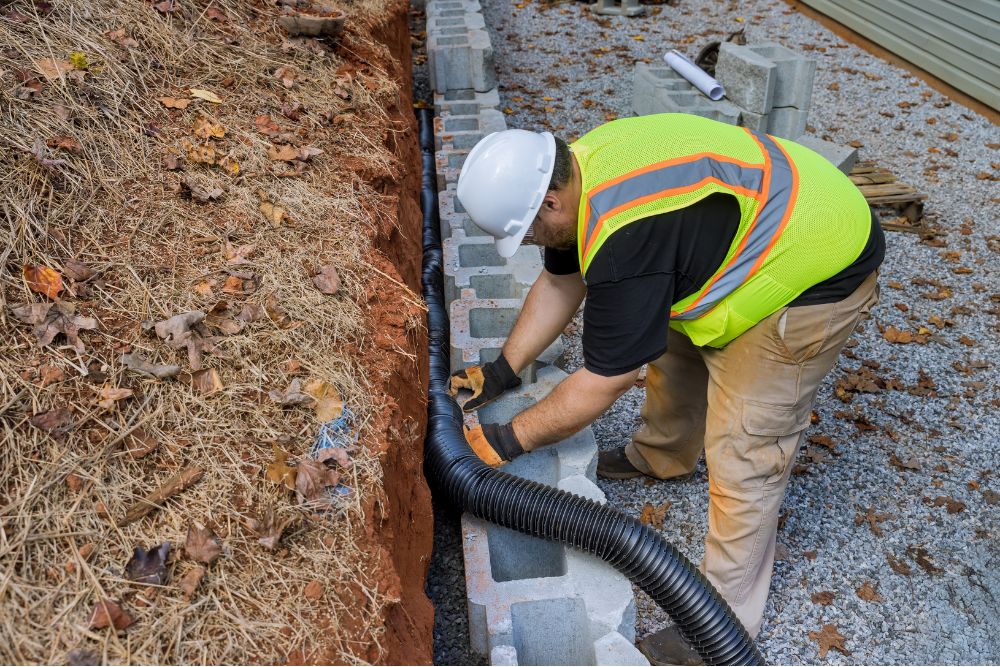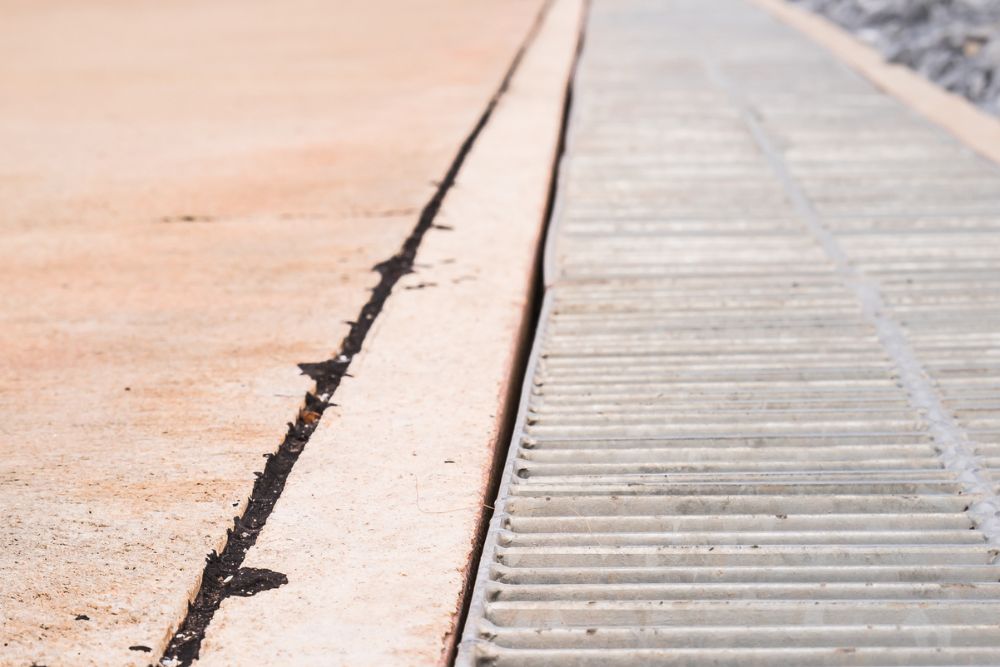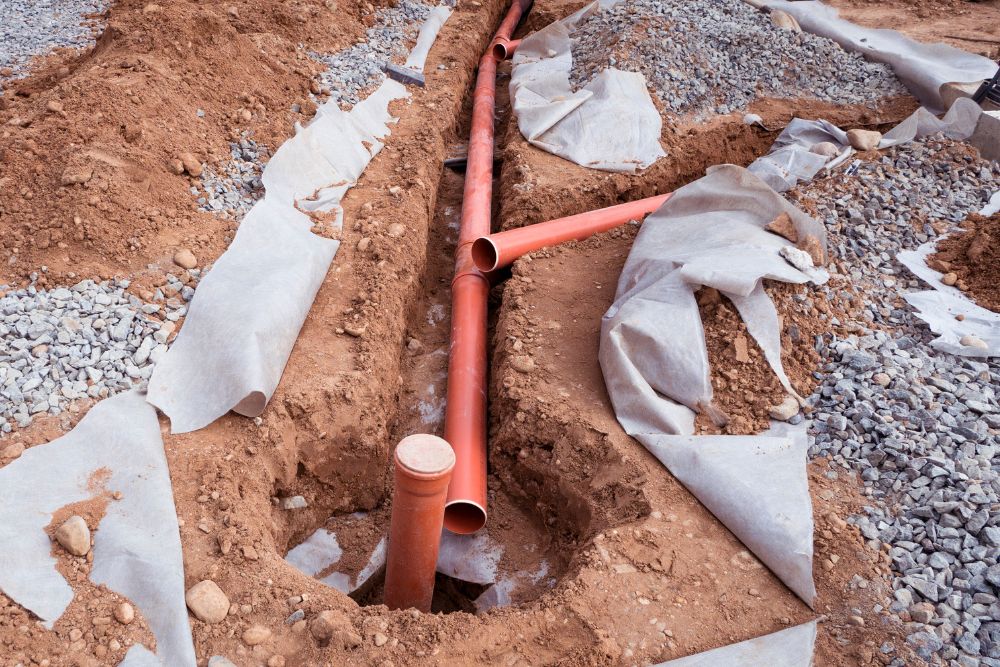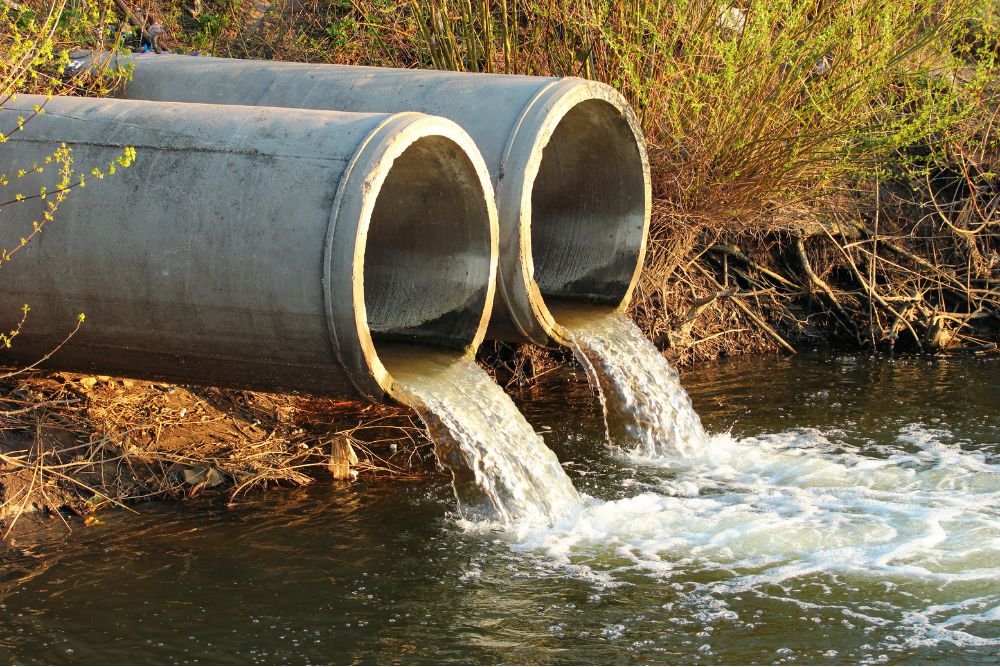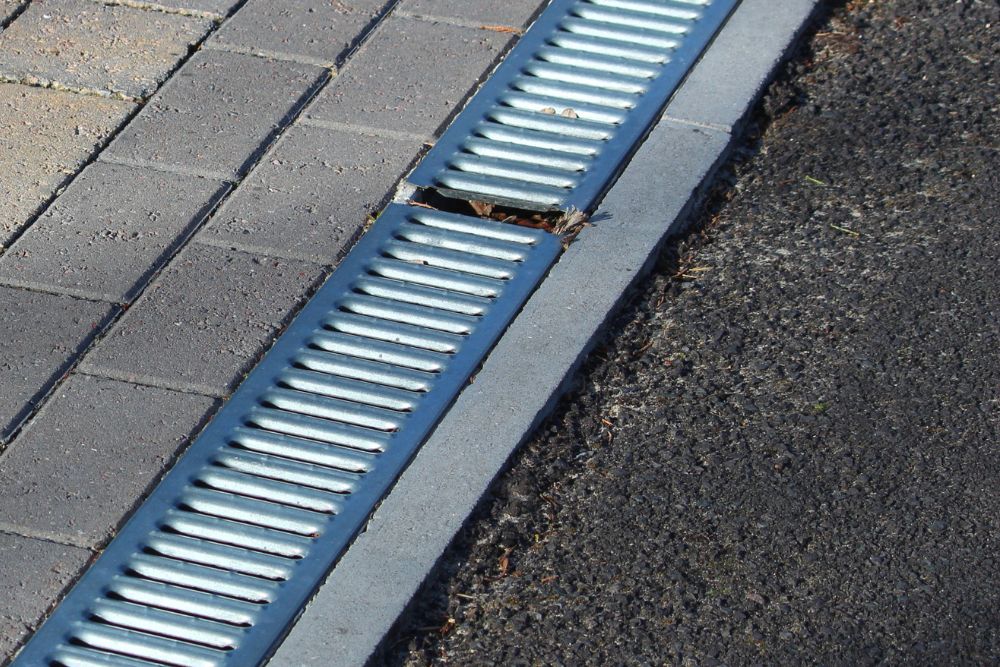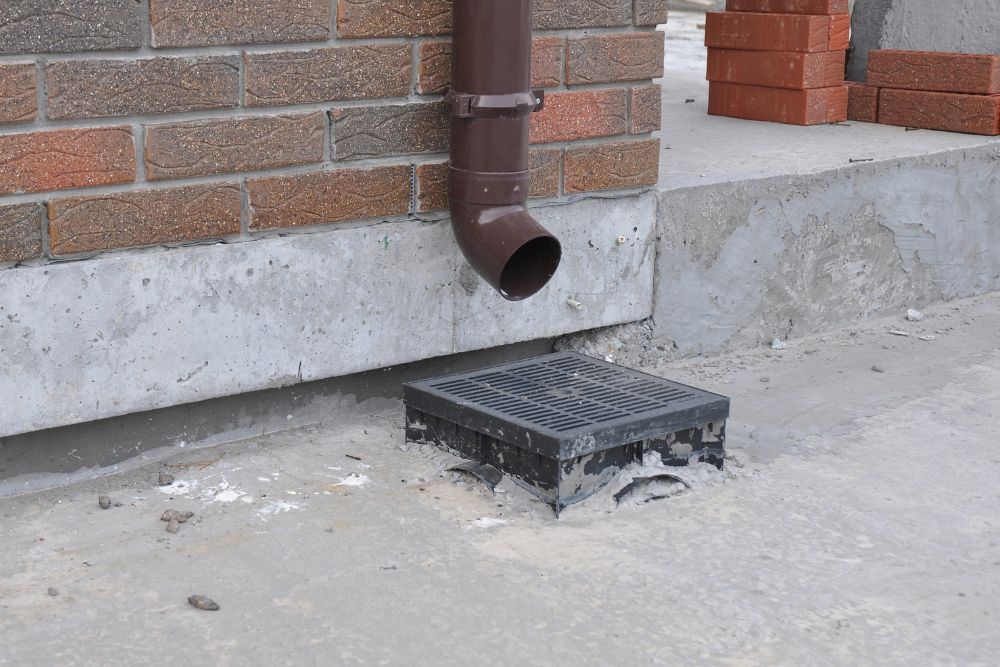
Are you tired of dealing with stormwater flooding your property and causing damage? Installing a stormwater drainage system is the ultimate solution to your woes.
From preventing erosion to safeguarding the environment, this system has got you covered.
But how exactly do you go about installing it?
In this discussion, we will explore the step-by-step process of planning, digging, preparing, and installing a stormwater drainage system in New Zealand.
The Process Of Installing a Stormwater Drainage System
Planning and Design
When planning and designing a stormwater drainage system, carefully analyse the grading around the property to determine the optimal location for installation. Start by assessing the slope of the land to ensure that the drainage system design allows for sufficient slope to direct water away from buildings and paved areas. This is crucial to prevent water from pooling and causing damage to structures or creating slippery surfaces.
Additionally, consider the placement of the channel drain to avoid interference with vehicle traffic paths. It’s important to choose a location that allows for easy access and maintenance without obstructing the movement of vehicles.
Before starting the installation process, make sure to prepare the area by clearing surfaces and ensuring the appropriate dimensions for trench digging. This will help create a suitable space for the drainage system and ensure proper functionality.
When installing the system, utilise pipe union end caps to direct water into the main drainage and ensure proper installation.
Digging the Trench
To properly prepare for the installation of a stormwater drainage system in New Zealand, the first step is to dig a trench of sufficient height and width to accommodate compacted sand at the base. It’s important to ensure that the trench has a fall of 5 mm per every 1 metre length of the channel drain. This slope is necessary to allow for proper water flow and drainage.
When digging the trench, it’s crucial to mark the depth every metre to maintain the appropriate slope. After digging the trench, it’s necessary to backfill it with a minimum of 100 mm of concrete on both sides. This will provide stability and support to the drainage system.
Once the trench is prepared, it’s time to start installing the channel drain. Begin at the lowest point and connect the lengths as you progress. Make sure to place the grate on the channel drain sections for accurate height alignment.
Preparing the Drainage System
Assess the grading and slope around your property to determine the optimal locations for drainage. This step is crucial in ensuring effective stormwater drainage.
Here are some key points to consider when preparing the drainage system:
- Clear the area and hard surfaces before digging the trench. This will provide a clean and smooth surface for the installation process.
- Verify and cut the channel drain lengths according to the required measurements. It’s important to gather all the necessary components and ensure the availability of joining systems.
- Start the installation from the lowest point of the property. This will allow the water to flow naturally towards the drainage system.
- Connect the channel drain lengths and place the grating on the sections with accurate height alignment. This will ensure that the water enters the drainage system smoothly.
Installing the Stormwater Drain
When it comes to installing the stormwater drain, it’s crucial to pay attention to the grading around your property. This will help you determine where the drainage should be installed to ensure effective water flow.
Once you have identified the ideal location, the next step is to dig a trench with sufficient height and width to accommodate compacted sand at the base. This will provide stability and support for the drainage system.
Before proceeding further, it’s important to verify that the channel drain lengths are correct and that the pre-formed outlet has been cut out accordingly.
To begin the installation, start from the lowest point where the section meets the drain. This will ensure proper water flow and prevent any potential blockages.
Finally, install the grating on top of the channel drain and seal it with tape or adhesive to secure it in place.
Placing the Grate
Now let’s talk about the points related to placing the grate.
Firstly, you need to position the grate correctly on top of the channel drain sections to ensure proper alignment.
Next, make sure to secure the grate by installing it and sealing it with tape or adhesive before pouring the concrete.
Lastly, it’s important to maintain the grate’s integrity by protecting it with exterior masking tape to prevent any damage during the concrete pouring process.
Positioning the Grate
To accurately align the height, place the grate on the channel drain sections when installing a stormwater drainage system. Positioning the grate correctly is crucial for effective drainage. Here are some important steps to follow:
- Ensure the grate is installed at the lowest point: This allows water to flow naturally towards the drain and prevents any pooling or flooding.
- Connect the lowest point to the drainage pipe: This ensures that water is efficiently directed away from the area, preventing any potential damage or water buildup.
- Install the grating on top of the channel drain: Make sure it fits securely and is properly aligned with the surrounding surface.
- Seal the grate with tape or adhesive: This helps to prevent any water leakage or debris from entering the drainage system.
Remember to protect the grated sections with exterior masking tape before pouring concrete and avoid removing the grate until the concrete has fully set.
Securing the Grate
To ensure proper alignment and fit, securely place the grate on top of the channel drain when securing it in the stormwater drainage system in New Zealand. This step is crucial in preventing any water leakage or debris from entering the system.
To accomplish this, use an appropriate adhesive or tape to seal the grating in place. Make sure to accurately position the grate before pouring concrete into the trench.
Once the concrete is poured, allow it to cure for at least 72 hours before applying any movement or pressure on the grate. It’s important not to remove the grate until the concrete is fully set to prevent any potential damage.
Maintaining the Grate
Securely place the grate on the channel drain sections to ensure accurate height alignment and prevent any water leakage or debris from entering the stormwater drainage system.
To maintain the grate, follow these steps:
- Use exterior masking tape to protect the grated sections before pouring concrete.
- Pour concrete into the trench, ensuring it’s at least 2 mm above the surface of the grate.
- Allow the concrete to cure for a minimum of 72 hours before applying pressure.
- Don’t remove the grate until the concrete is fully set.
Pouring Concrete for Stability
Pour concrete into the trench, ensuring the stability of the drainage system. Before pouring the concrete, make sure the trench is dug with enough space to accommodate compacted concrete.
Once the trench is ready, place the channel drain in it and connect the lengths as you progress. Ensure proper alignment and fall to guarantee effective water flow. Once the channel drain is in place, install the grating on top and seal it securely. This will prevent any debris or sediment from entering the drainage system.
Now, it’s time to pour the concrete. Slowly and carefully fill the trench with concrete, making sure it completely covers the channel drain. Use a trowel or shovel to spread and level the concrete as you go. Pay attention to any gaps or spaces between the concrete and the channel drain. Fill them in to ensure a solid and stable foundation.
Once the concrete is poured, allow it to cure for at least 72 hours before applying any pressure or using the drainage system. This curing period is crucial for the concrete to harden and gain strength, ensuring the stability of the drainage system for the long term.
For added durability, consider using stainless steel channels. They’re resistant to corrosion and can withstand harsh weather conditions. Additionally, always follow safety guidelines during installation and maintenance to ensure your own safety and the proper functioning of the stormwater drainage system.
Frequently Asked Questions
How Much Does It Cost to Install a Stormwater System?
The installation of a stormwater drainage system can vary depending on the size of your property and the complexity of the system. On average, you can expect to spend between $1,000 and $5,000 for a basic residential system. However, it’s always best to consult with us for a more accurate estimate.
What are the legal requirements for installing stormwater drainage in New Zealand?
You must comply with the New Zealand Building Code and local council regulations. This often involves obtaining a building consent for significant drainage work.
What are the common types of stormwater drainage systems used in New Zealand?
Common systems include soak pits, detention tanks, French drains, swales, and channel drains. The choice depends on your specific needs and site conditions.
Do I need a professional to install stormwater drainage?
For most significant installations, it’s advisable to hire a professional. This ensures that the system complies with local regulations and functions effectively.
How long does it take to install a stormwater drainage system?
The duration varies depending on the system’s complexity and size. Small systems may take a few days, while larger projects could take several weeks.
Conclusion
In conclusion, installing a stormwater drainage system in New Zealand requires careful planning, adherence to local regulations, and professional consultation.
By considering factors such as grading, trenching, and maintenance, property owners can effectively manage stormwater runoff and protect the environment.
It’s important to follow proper installation procedures, obtain necessary permits, and ensure the system is properly designed and maintained for a successful installation.
If you need to install a stormwater drainage system, be sure to contact us on 022 444 6474 or email info@complexplumbing.co.nz.
